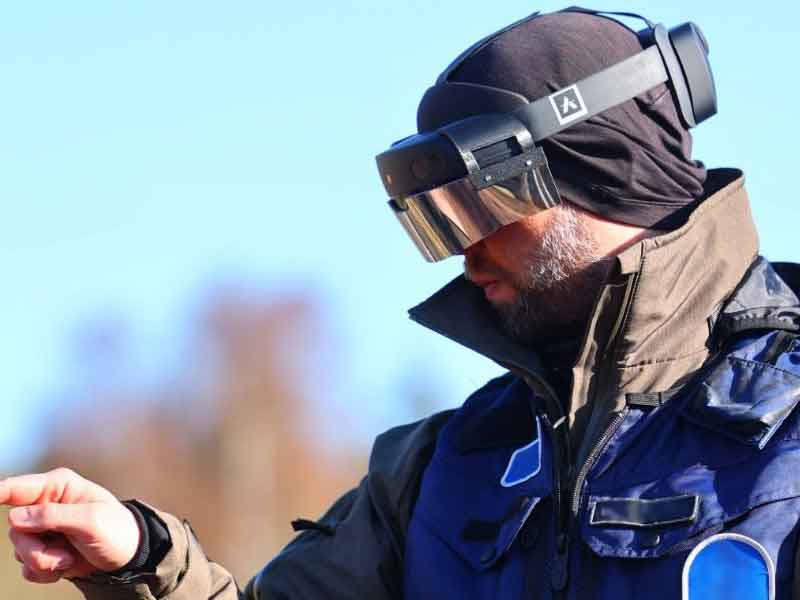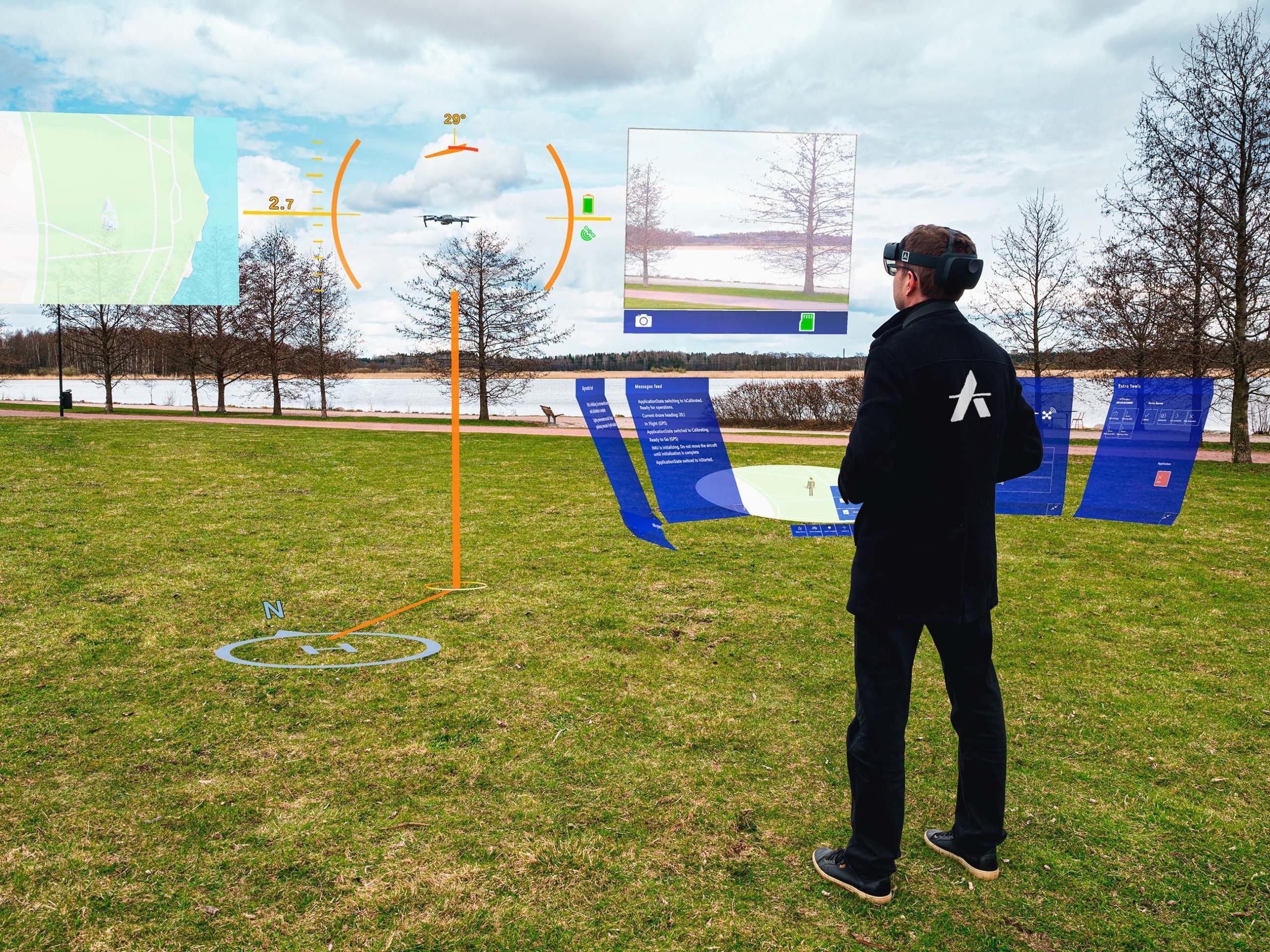Augmented reality for UAVs (drones)
By integrating augmented reality technology with UAVs, search and rescue teams are enhancing their capabilities to swiftly locate and assist individuals in need during emergency situations. Simulation training becomes more effective as AR overlays realistic scenarios onto the drone’s live feed, allowing teams to practice various emergency response scenarios in a controlled environment. This training ensures that responders are well-prepared for any situation they may encounter.
Navigation assistance is significantly improved through AR technology, as it provides visual cues and real-time tracking data directly within the drone operator’s field of view. This feature allows teams to navigate complex terrains more efficiently, leading to quicker response times and more accurate location identification during emergencies. Situational awareness is heightened as AR overlays critical information such as topographical maps, building layouts, and thermal imaging onto the live drone feed, giving responders a comprehensive view of the area in need of assistance.
During emergency response missions, AR-equipped UAVs enable teams to assess the situation quickly and make informed decisions on the best course of action. Real-time tracking of assets and individuals in distress enhances coordination efforts, ensuring that resources are deployed effectively. By leveraging augmented reality for UAVs, search and rescue teams are revolutionizing their approach to emergency response, ultimately saving more lives in the process.
Benefits for Search and Rescue
Utilizing augmented reality and drones in search and rescue operations offers a myriad of benefits that enhance efficiency and effectiveness in responding to emergencies. Aerial surveillance capabilities provided by drones enable search and rescue teams to cover vast areas quickly, locating missing persons or individuals in distress more rapidly than traditional methods. The rapid response facilitated by drones equipped with AR technology ensures that help reaches those in need swiftly, potentially saving crucial time in critical situations.
Precision navigation features integrated into drones enhance the accuracy of locating individuals in hard-to-reach or hazardous terrains, guiding rescue teams effectively to the exact location of those requiring assistance. Furthermore, drones enable emergency delivery of essential supplies such as medical kits, food, or water to individuals in inaccessible areas, providing vital aid promptly. The enhanced communication established through drones equipped with AR systems allows for real-time data sharing between team members, improving coordination and decision-making during search and rescue missions.
Benefits for firefighters
Incorporating augmented reality and drones into firefighting operations revolutionizes emergency response by providing firefighters with advanced tools for swift and effective intervention. Firefighter safety is significantly enhanced through the use of drones equipped with thermal imaging cameras, allowing them to identify hotspots and assess the spread of fires without risking personnel unnecessarily. Aerial surveillance provided by drones offers firefighters a comprehensive view of the affected area, enabling them to strategize and allocate resources more efficiently.
Rapid deployment is crucial in firefighting operations, and drones play a key role in expediting this process. By swiftly surveying the scene from above, drones can help firefighters identify the best points of entry, assess structural integrity, and plan their approach effectively. This leads to quicker and more precise decision-making, ultimately saving crucial time in emergency situations.
Moreover, the integration of precision navigation systems in drones enables firefighters to navigate challenging environments with unparalleled accuracy. Drones can access hard-to-reach areas, such as rooftops or upper floors of buildings, providing crucial information to firefighters on the ground. By leveraging these technological advancements, firefighters can operate more efficiently and safely, ultimately improving their effectiveness in combating fires and protecting lives.
Benefits for Law Enforcement
Law enforcement agencies harness the power of augmented reality and drones to enhance response capabilities and improve operational efficiency in critical situations. The integration of these technologies offers a range of benefits for law enforcement, including surveillance advantages, enhanced tactical operations, improved crime prevention, efficient evidence collection, and strengthened community relations.
By utilizing drones equipped with cameras and sensors, law enforcement gains a significant surveillance advantage. Drones can provide aerial views of areas that are otherwise challenging to access, allowing for enhanced monitoring of criminal activities and potential threats. This real-time data enables law enforcement to make informed decisions swiftly during operations, increasing overall effectiveness.
In tactical operations, drones equipped with AR technology can provide valuable situational awareness to law enforcement personnel. AR overlays critical information onto real-world environments, giving officers enhanced insights into their surroundings. This capability enables teams to navigate complex situations with precision and coordination, ultimately leading to safer and more successful outcomes.
Moreover, the use of drones for crime prevention initiatives allows law enforcement to patrol high-risk areas proactively. By deploying drones for surveillance purposes, authorities can deter criminal behavior and respond swiftly to emerging incidents, contributing to a safer community environment.
Furthermore, drones play a crucial role in evidence collection at crime scenes. Equipped with high-resolution cameras, drones can capture detailed images and videos of the scene, preserving crucial evidence for investigations and legal proceedings.
Lastly, the adoption of drones and AR technology by law enforcement agencies enhances community relations by demonstrating a commitment to innovative and effective policing strategies. By leveraging these advanced tools, law enforcement agencies can build trust with the community through improved transparency and responsiveness to public safety concerns.





